Tesla Resumes China-U.S. Component Shipments as Tariff Tensions Ease
Tesla $TSLA is set to resume component shipments from China to the United States by the end of May, aiming to support the manufacturing of its upcoming Cybercab and Semi trucks. This operational pivot follows a recent de-escalation in trade tensions between the two global superpowers, triggered by successful negotiations in Geneva over the past weekend.
The move underscores a vital shift in Tesla's supply chain strategy and illustrates how macroeconomic diplomacy can swiftly impact high-stakes corporate logistics and production planning. It also marks a turning point in the broader narrative of the U.S.-China trade relationship, with implications reverberating through the electric vehicle (EV) and automotive manufacturing sectors.
From Stalemate to Strategy: How Tesla's Supply Chain Got Back on Track
Just weeks ago, Tesla faced uncertainty over its key production timelines. The U.S. government's sudden tariff hike on Chinese imports — lifting rates to as high as 145% — cast serious doubt on the feasibility of importing parts essential for the ramp-up of two flagship programs: the autonomous ride-hailing Cybercab and the long-range electric Semi truck.
According to sources familiar with the matter, the Geneva talks have yielded a provisional trade agreement, enabling the controlled resumption of selected exports from China, particularly for critical sectors like green energy and advanced manufacturing. Tesla’s swift re-engagement with its Chinese suppliers suggests a high degree of preparedness and strategic agility.
Key Implications for Tesla’s Operational Momentum
Production Resumption: The renewed flow of parts could reinvigorate timelines for Cybercab and Semi rollouts.
Risk Mitigation: Supply diversification efforts may accelerate in parallel to reduce future tariff exposure.
Investor Confidence: Clearer policy outlook helps stabilize market sentiment around Tesla’s manufacturing capabilities.
Geopolitical Sensitivity: The move highlights how reliant global EV players remain on diplomatic alignment.
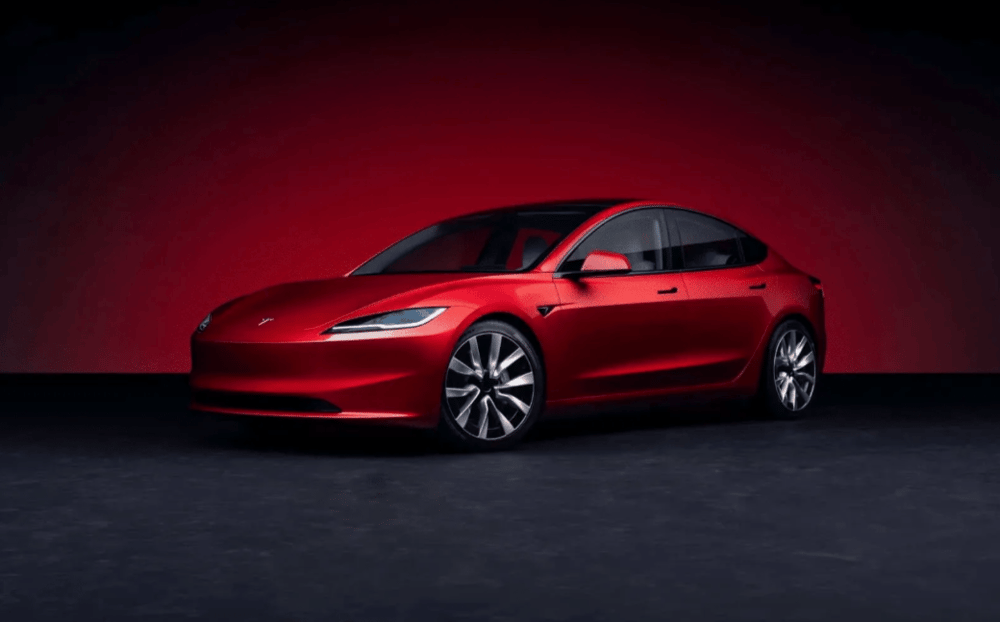
Decoding Tesla's Production Timeline Revival
Tesla’s postponement of cross-border shipments earlier this year was a direct response to rising tariffs imposed by the U.S. administration under President Donald Trump. The company had been at risk of delaying the commercial launch of Cybercab, a fully autonomous ride-sharing vehicle, and the Semi, Tesla’s high-capacity electric freight truck.
With the Geneva agreement softening the tariff landscape, Tesla is now repositioned to meet its original mid-2025 production targets for both models. This not only restores momentum in its vehicle development pipeline but also affirms China’s continuing role in Tesla’s vertically integrated supply network.
Strategic Takeaways for the Industry
Component Flow Resumes in May: Tesla prepares to restart China-U.S. shipments by month-end.
Cybercab and Semi Back on Schedule: Resumed imports re-enable near-term production planning.
Tariff Relief Follows Geneva Talks: Trade tensions ease after diplomatic engagement between Washington and Beijing.
Trump Tariffs Sparked Initial Halt: Previous 145% tariffs temporarily disrupted Tesla’s import logistics.
Tesla Maintains Global Supply Agility: Company’s fast reaction showcases operational flexibility in volatile trade conditions.
Navigating Forward Amid Trade-Linked Volatility
While the recent easing of trade friction brings welcome short-term relief, it also emphasizes the ongoing vulnerability of global manufacturing networks to geopolitical developments. Tesla’s example illustrates how even the most technologically advanced firms are not immune to policy-driven supply shocks.
Looking ahead, Tesla may further explore alternate sourcing routes or onshoring options to hedge against future disruptions. At the same time, the broader EV industry will closely monitor the sustainability of this diplomatic thaw, as similar tariff dynamics could impact rivals like BYD $002594.SZ, Rivian $RIVN, and legacy automakers expanding EV production.


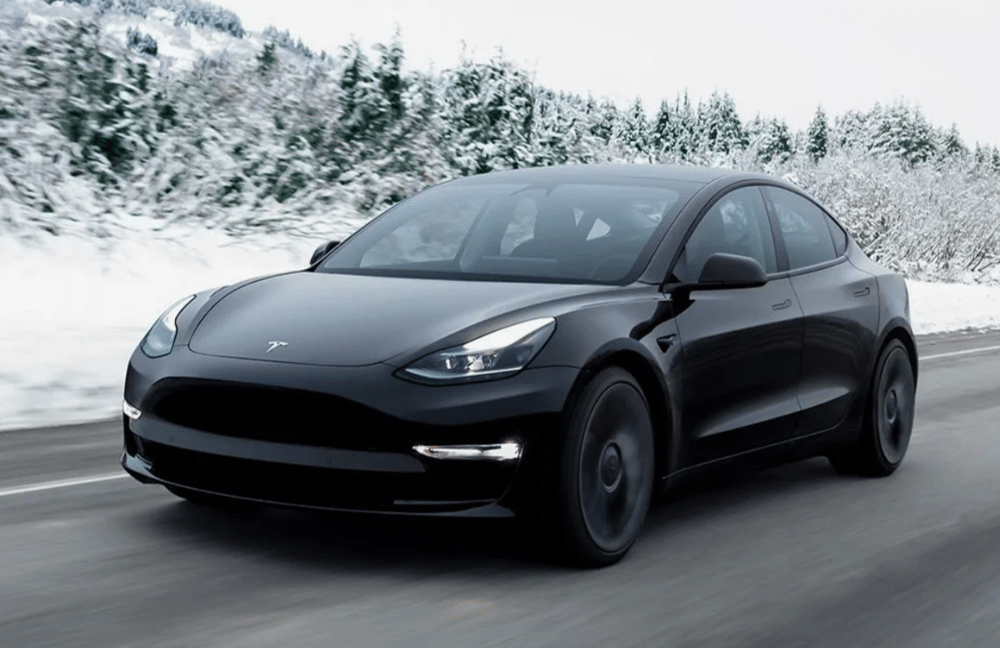
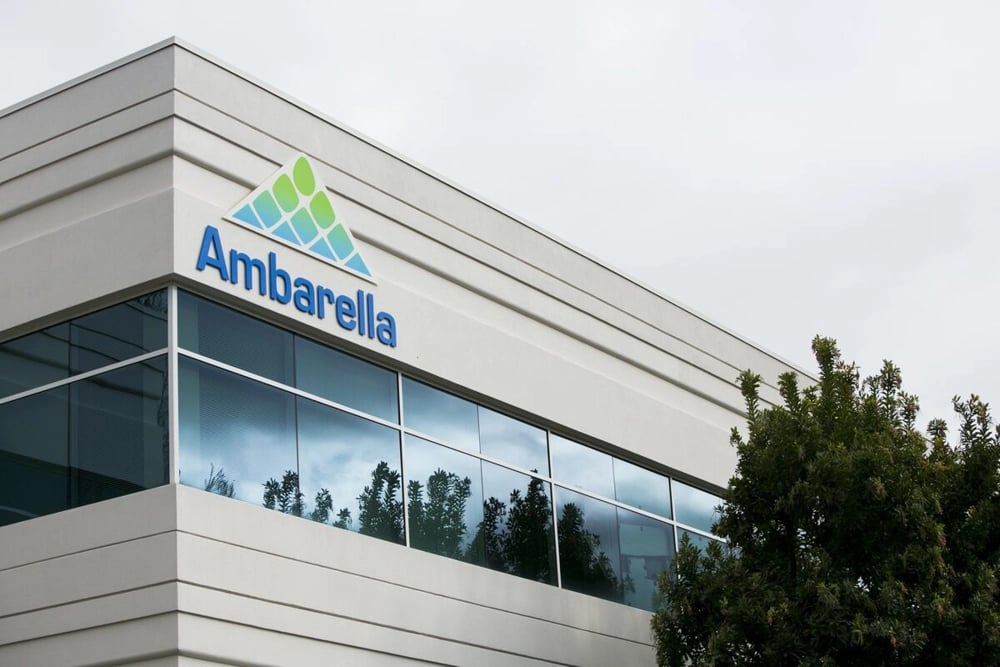
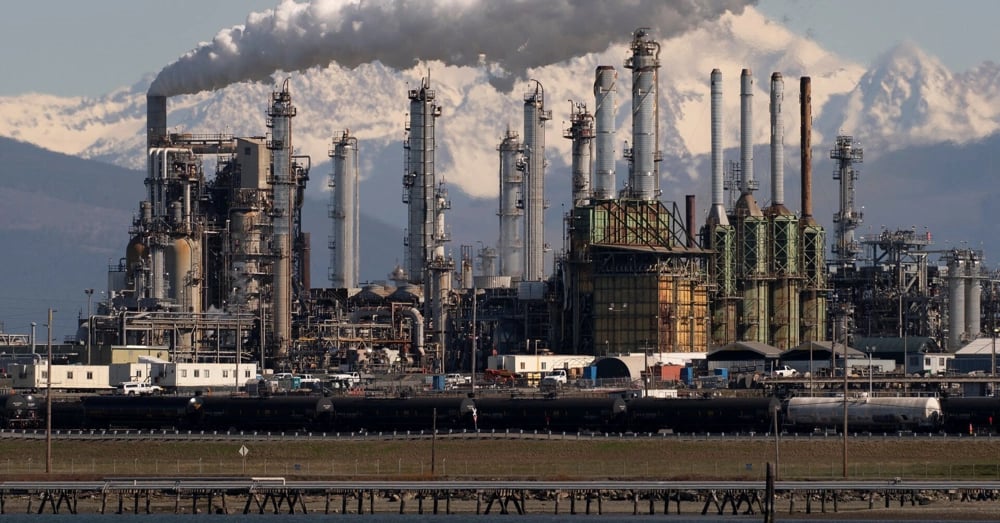




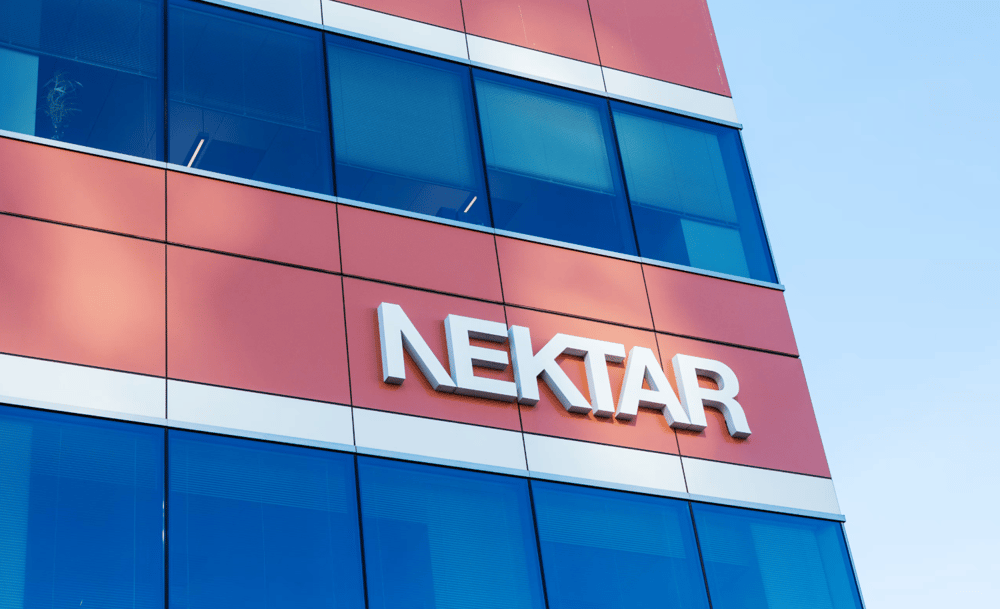
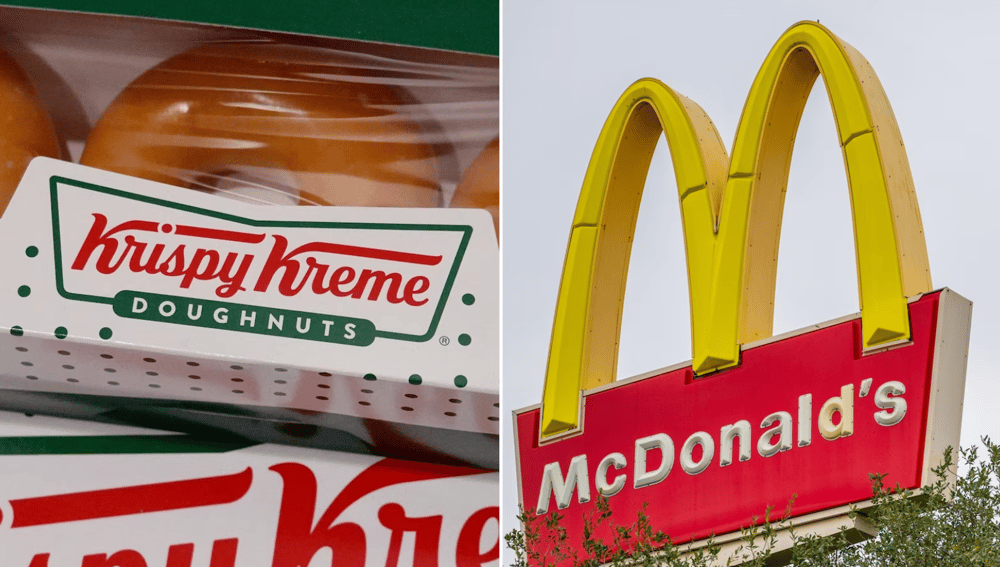
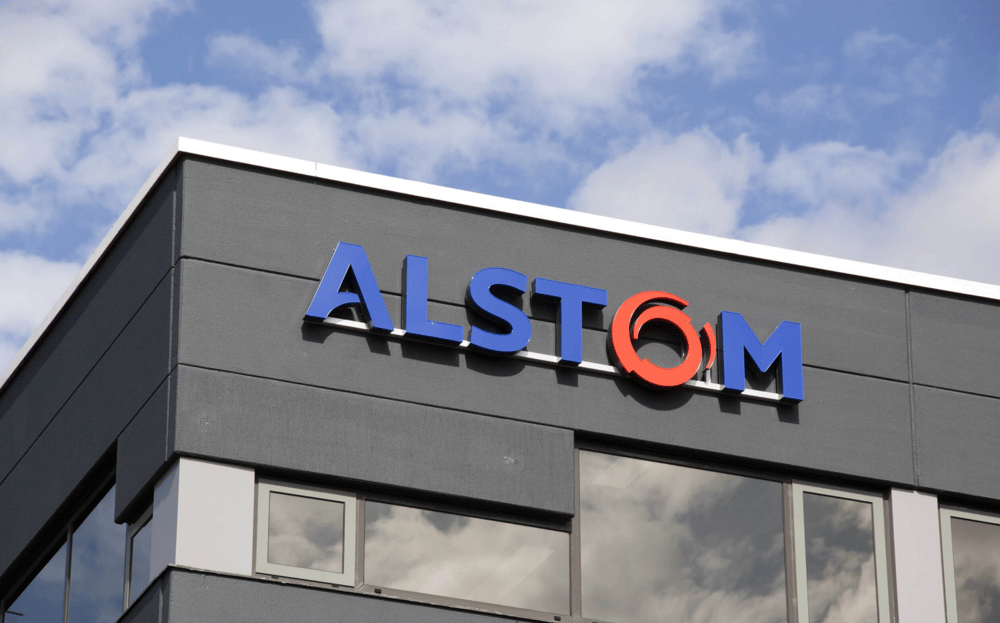

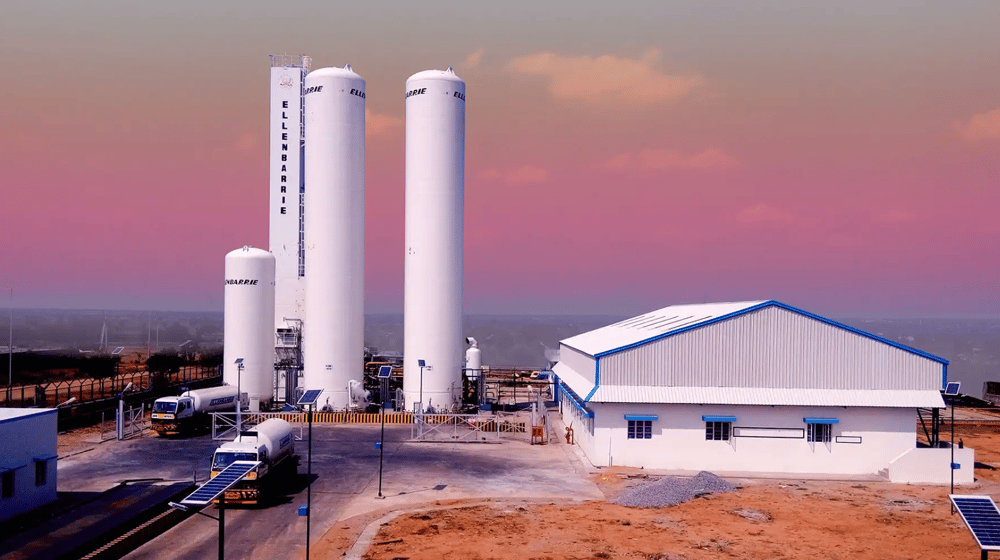

Comments
Initiatives like these could substantially reshape how automation is integrated into future tech solutions